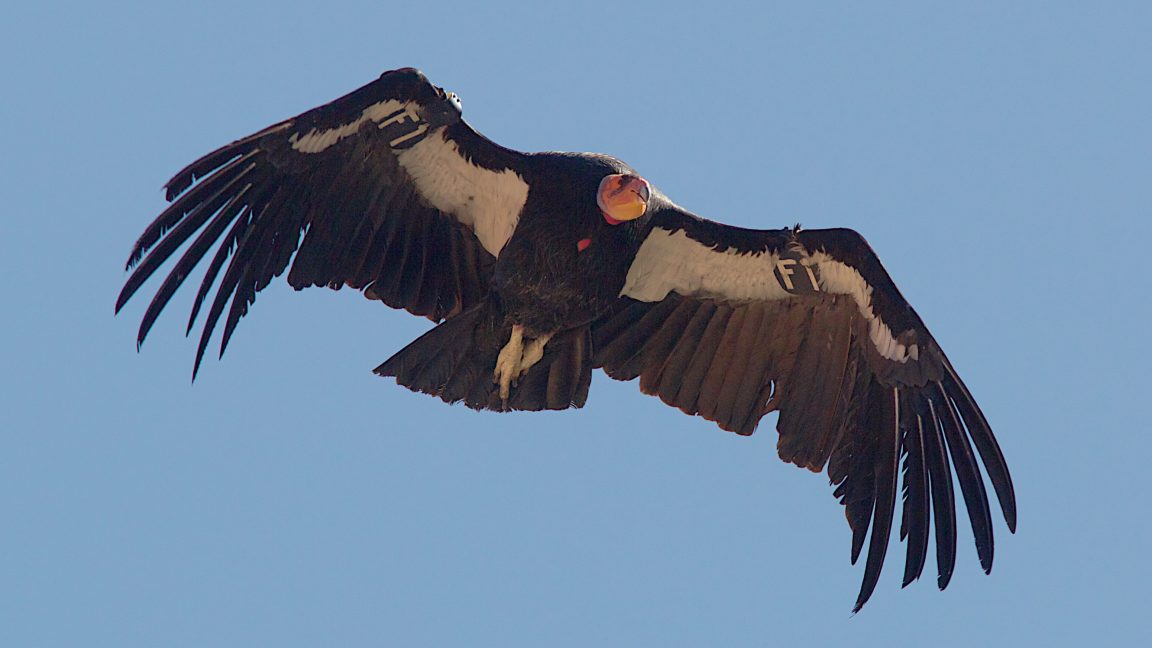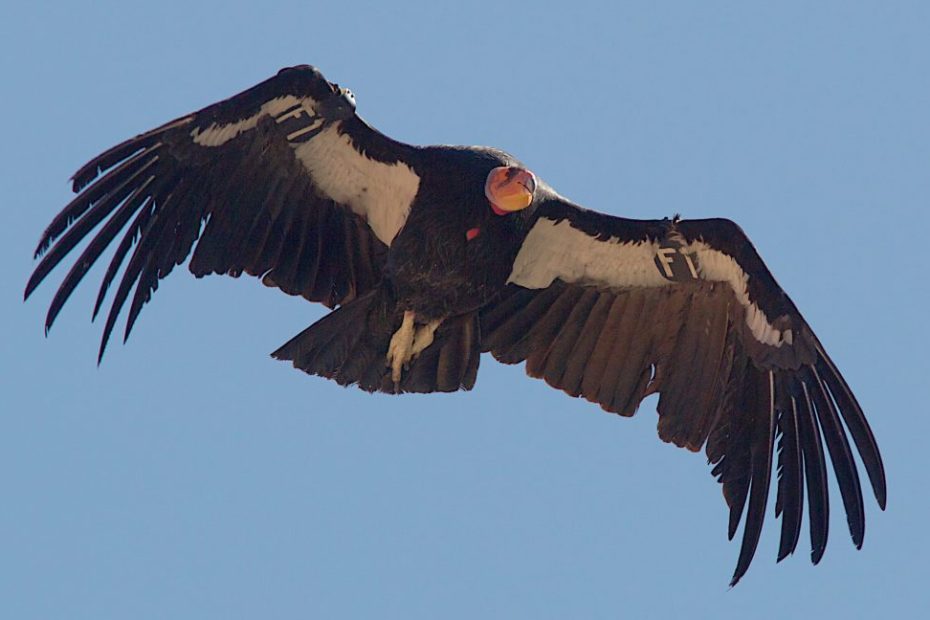
The full decoding of the California Condor genome, published in 2021, also revealed valuable information about the evolutionary history of the bird and the prehistoric abundance. Millions of years ago it was a species with an effective population of around 10,000 to 100,000 individuals. The decline started about 40,000 years ago during the last ice age and was later aggravated by human activities. Nevertheless, Steiner says, the species retains genetic variability similar to birds that are not threatened.
A problem with lead
Despite these great efforts and a renewed concept of the species, threats to the condor remain.
In the 1980s, when attempts to check the last condors in the wild intensivated, a revealing event took place: after 15 of them died, there were four necropsia and the cause of death of three of them turned out to be lead poisoning.
Although these Cathartiformes – of Greek KathartesWhat does “those who clean” – are usually not prey to hunters, their cleaning nature makes them indirect victims of Hunter bullets, who do not kill them because of their impact, but because of their composition. Nourishing with the meat of dead animals, take on condors fragments of lead ammunition that remain embedded in the carcasses.
Once in the body, it can lead – which builds up over time – as a neurotoxin that influences nervous, digestion and reproductive systems. One of the most devastating effects is the paralysis of the crop, the organ where Condors stores food before they digest it; This prevents them from feeding and causing starvation. Lead also interferes with the production of red blood cells, causing anemia and the bird gradually weakens and the nervous system damages, causing convulsions, blindness and death.
The efforts in the United States to reduce the threat of leading to the condors have been expanded. Since the 1970s, various strategies have been implemented, such as providing lead -free food for condors, campaigns to inform hunters about the impact of lead bullet use on animals in the wild, and programs show that visitors are in the nature reserve of the nature reserve for the ecosystem for the ecosystem . Government regulations have also played a role, such as the Ridley-Tree Condor Preservation Act of 2007, which requires the use of lead-free ammunition for Big game yacht in the Condor in California. However, these efforts have not been sufficient.

